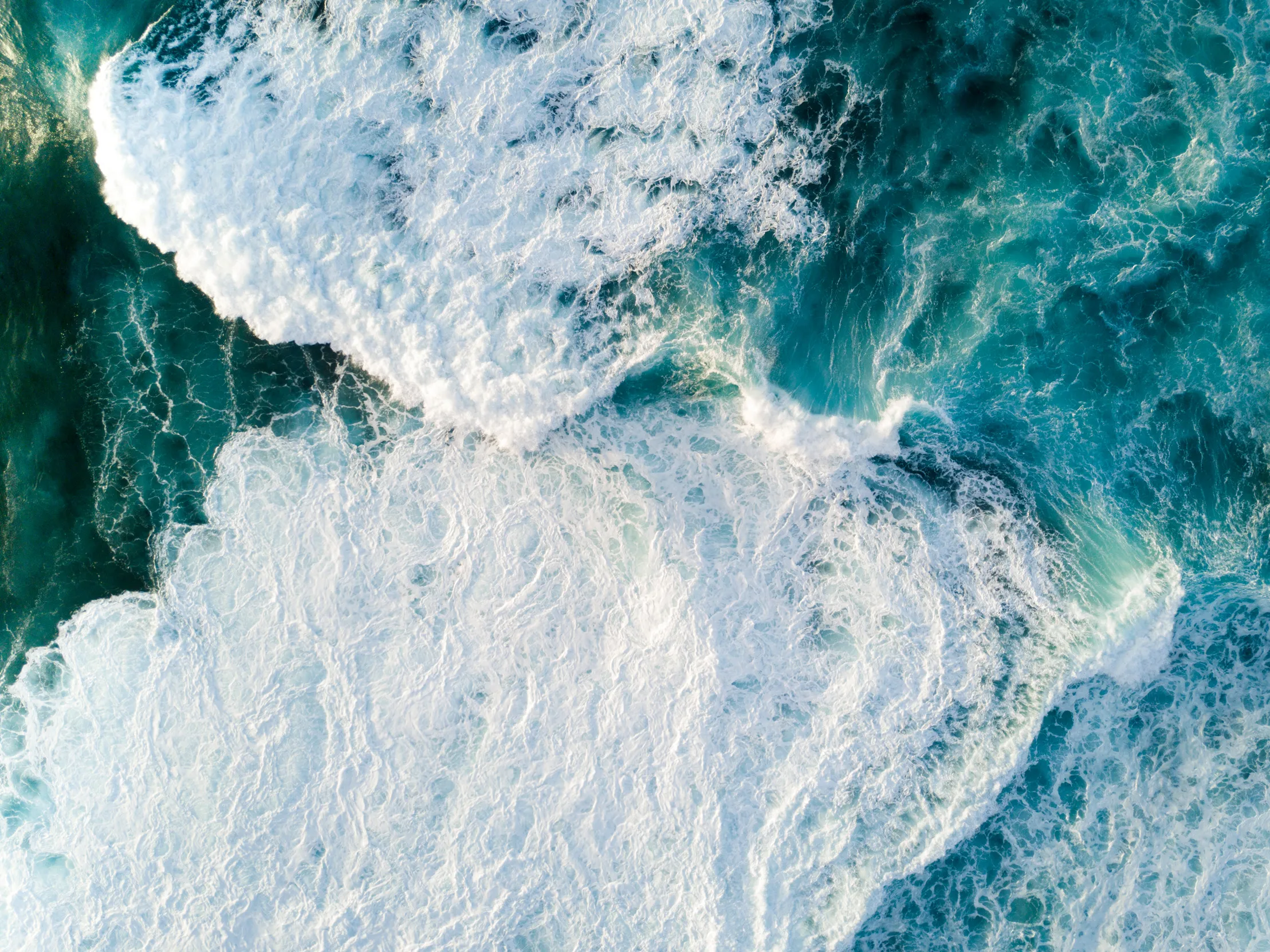Watch birds from space
Fancy doing something out of this world for nature this weekend? Or whenever you have a moment or two in the next few months? We’ve teamed up with the British Antarctic Survey on a mission to spot albatrosses from space.

The problem
These majestic, winged wanderers are facing huge threats from intensive fishing, climate change and invasive species. Many types of albatross are in serious decline so it is vital we keep an up to date and accurate track on their numbers. The best time to do this is when they’re on land raising their young. But as many nest on remote islands surrounded by treacherous seas it is difficult, expensive and often unsafe to reach them. There is also a risk people may disturb the albatrosses at this crucial time when they’re raising their young.
The solution
Satellites in space are constantly taking pictures of the earth and can cover vast areas very quickly. By teaming up with the British Antarctic Survey, we’re using the latest super high resolution satellite images to spot and count albatross from space. By using new technology in this way it makes checking in on the albatross faster, safer, cheaper and less disturbing for the birds.
Why we need you
To kick off we’re looking at the wandering albatross in South Georgia in the South Atlantic Ocean. These are the birds with the biggest wingspan of any living bird – up to 11 feet. They form lifelong bonds with their mates and can live well into their 50s.
But even by narrowing it down to one species in this specific area, there is too much land to look at for us to do the spotting alone. We need as many keen eyes as possible to try and track down these ocean explorers as they sit on their nests, raising the next generation.
By signing up you are part of a team helping to work out how many albatrosses there are and where they breed. This is vital as we try to build up a clear picture of how they’re doing and evaluate if the action we’re taking is working.
How to become an albatross detective
The good news is you can be a spotter from space anywhere with an internet connection, using a computer or tablet to view super high-resolution satellite images. What you’re looking for are small white dots on land, which are albatrosses nesting, like the one pictured below. You don’t need to be an expert, we’ll show you exactly what to look for in the satellite images if you take part.
Our aim is to form a flock of albatross detectives so that together we can complete the world’s first worldwide albatross census.
Why albatrosses need our help
These remarkable creatures are struggling. At sea, albatrosses face the perils of commercial fishing lines and trawl cables. Longlines are tens of miles long, and seabirds that try to steal baits can be hooked and drowned as the line sinks (known as bycatch). It's thought that around 100,000 albatrosses are killed by longline fishing gear every year.
On the land, albatross chicks can be attacked by invasive species such as mice, rats and cats. Often these species were accidentally introduced to these remote islands by sailors.
Most of the world’s 22 albatross species are at risk of extinction. The wandering albatross is listed as Vulnerable by the IUCN (International Union for Conservation of Nature).
It takes almost a year from laying an egg to rearing a single chick for a wandering albatross. This means populations recover slowly if adults die in fisheries, putting these species at real risk of disappearing if we don’t reverse the trend.